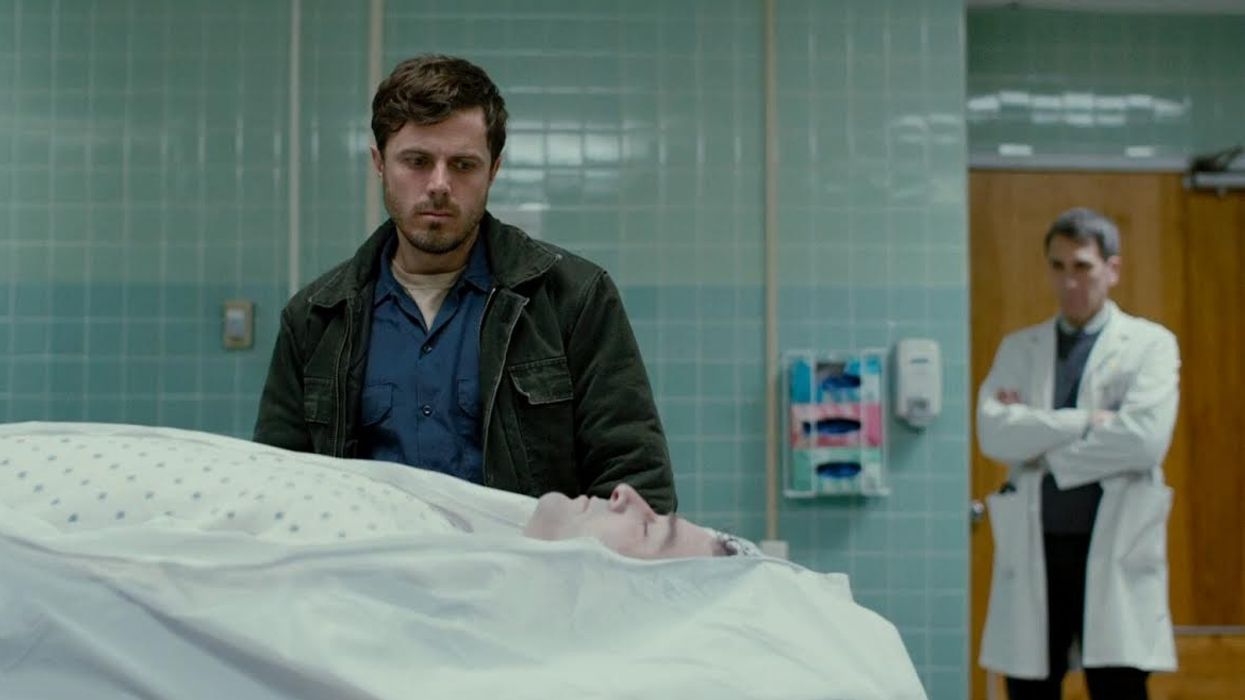Watch: Why It's Important to Let Your Edit 'Breathe'
There are many facets to editing, but here's one that you'll definitely want to master.

Editing is so much more than cutting. I mean, yeah, that's literally what you're doing—you're cutting digital video clips into smaller sizes in order to tell a story—but there's a whole lot more than that, or rather, a whole lot more to that than you may realize.
In this video, Sven Pape of This Guy Edits discusses "the single most important thing that you can do to make your editing better," and no, it's not using the "best" NLE available, buying a superpowered computer, or doing a bunch of fancy editing tricks. It's something subtle, delicate, and easily missed by beginners: pauses.
So, what does Pape mean by "pauses" and "breaths?" Formally called "decompressions," they are moments of suspension in which your audience is shown a certain shot for a little while longer. Usually, these moments occur during highly emotional scenes, like when a character is feeling sad, worried, tense, or apprehensive.
But why? Why are these "pauses" and "breaths" important? Well, they allow the audience to marinate in the scene, giving themselves enough time to understand the emotions of each character, and then empathize. Essentially, these moments give your audience the chance to feel what your characters are feeling.
Now, while Pape provided a great introduction to the subject of decompressions, the video was a little lacking in terms of application. If you want to go a little bit further, I'd recommend this video from Inside the Edit, which details not only what decompressions are and how they work, but also a few practical ways you can create them in your own projects.
What are your favorite examples of decompressions in a film? Let us know down in the comments.
Source: This Guy Edits











